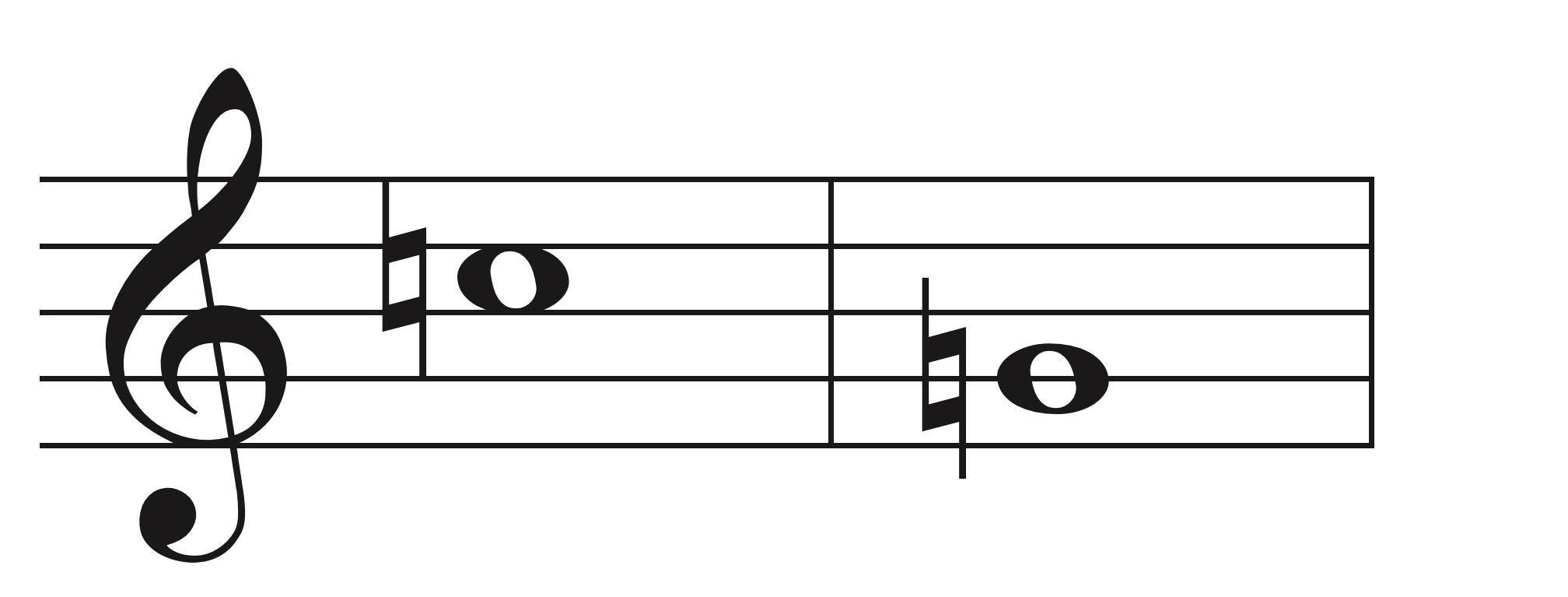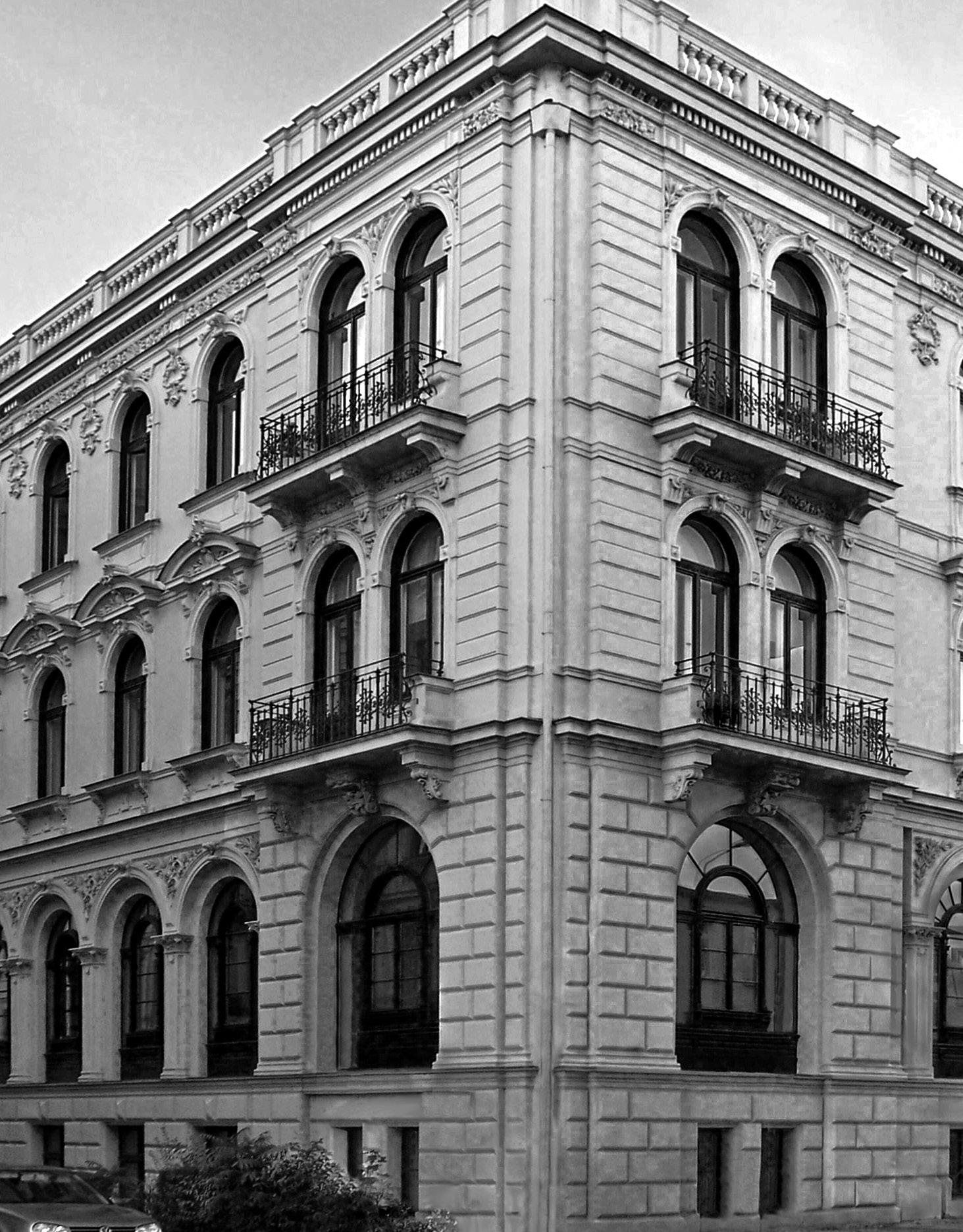MATRE
Lyric Pieces
Musical comments on six of Edvard Grieg’s piano pieces for Orchestra
Score








Musical comments on six of Edvard Grieg’s piano pieces for Orchestra
Score







Musical comments on six of Edvard Grieg’s piano pieces
1.Arietta
2.Spring Dance
3.Solitary Traveller
4.Butterfly
5.Bell Ringing
6.Remembrances for Orchestra (2019)
Commissioned by the Bergen Philharmonic Orchestra
LEIP ZI G L ONDO N NE W YOR K
Flute 1, doubling Piccolo Flute
Flute 2, doubling Piccolo Flute and Alto Flute
Oboe 1
Oboe 2
Clarinet in B b 1
Clarinet in B b 2
Bassoon 1
Bassoon 2
Horn in F 1
Horn in F 2
Horn in F 3
Horn in F 4
Trumpet in B b 1
Trumpet in B b 2
Trumpet in B b 3
Tenor Trombone 1
Tenor Trombone 2
Bass Trombone
Tuba
Percussion 1
Glockenspiel
Tuned gongs (three pitches: D/A/C #)
Bongos
Woodblock (medium)
Tambourine
Metal bar

Percussion 2
Percussion 3
Vibraphone (motor off)
Guiro (played with brushes)
Sleigh bells
Ratchet
Tubular bells
Church bells (opt. Tubular bells) (two pitches: G/C)
Flexatone
Triangle
Tambourine
Sandpaper
Woodblock (large)
Maracas (2 (large))

Harp
Piano (in front of the orchestra) / Celesta
Strings
Speakers for playback, stage monitor for the conductor.
The piano is only used in the first movement, in the very beginning of the piece, where a complete version of Grieg's first lyric piece Arietta is played. The piano being used may be a grand piano, but it can also be an upright piano, not necessarily perfectly tuned, as if it had been standing in a living room for several years without proper tuning. In any case, the piano should be placed in front of the orchestra.
In the last movement, an original recording from 1903 of Edvard Grieg playing Remembrances should be played back through loudspeakers. The recording can be obtained by contacting the composer or the publisher. The speakers should be hidden behind or under the piano, giving the illusion that the sound actually appears from the piano.
The recording of Edvard Grieg were made in April 1903. The digital files are transferred from 78 sides for the album 'Chasing the Butterfly – recreating Grieg’s 1903 recordings and beyond…’ (PSC1299 Simax Classics 2010). Courtesy of Grappa Musikkforlag AS.
The score is transposed.
Durata: Approximately 19 minutes
Commissioned by Bergen Philharmonic Orchestra. First performance by Bergen Philharmonic Orchestra (Conductor: Edward Gardner) 14.11.2019 in Grieghallen, Bergen.










Dynamic markings with quotation marks indicate the intensity of the performance action and not the resulting absolute volume of the action.
Quarter tone flat/sharp
1/6 tone flat, always representing the 7th harmonic
Diminuendo al niente
Flutter tongue
Brass: valve tremolo
Lyric Pieces
Winds/Brass: Air sound - no pitch. Air sounds on oboes and bassoons can be produced by blowing a few centimeters from the reed. If sufficient time, remove reed completely.
Flutes: "Pitch-coloured" air sound. Finger notated pitches.
Trumpets/Trombones: Closed harmon mute
Horns: Stopped horn
Trumpets/Trombones: Open harmon mute
Horns: Not stopped
Trumpets/Trombones: A quick tremolo effect with the hand rapidly covering and opening the exit of a harmon mute.
Cellos/Contrabasses: Vertical bowing. Dampen all strings, move the bow with light bow pressure up and down along the two deepest strings to produce a soft, breathing-like sound.
All trills should span a minor second up, unless otherwise indicated by a note in parenthesis. When a trill to the same note is indicated, use an alternate fingering.
Arietta | Book I, Op. 12, No. 1
After a complete version of Grieg's piano piece, played on a piano in front of the orchestra, a slow motion version with composed delay effects appear in the orchestra.
Spring Dance | Book II, Op. 38, No. 5
Although Spring Dance is the traditional translation of the Norwegian Springdans, the word refers to its sense in English of "leap" or "jump" rather than to the season "spring". The folk dance setting is transformed into a minimalistic play on some of the motifs from Grieg's original.
Solitary Traveller | Book III, Op. 43, No. 2
Griegs melancholic melody is combined with motifs and instrumentation techniques from Ørjan Matre's orchestral piece Different Stories.
Butterfly | Book III, Op. 43, No. 1
The extreme rubato of Grieg's own playing (as heard in the 1903-recordings) is amplified and transformed into orchestral swarms of butterflies.
Bell Ringing | Book V, Op. 64, No. 6
Griegs original instrumentation of Bell Ringing is combined with instrumentations of spectral analyses of different bell sounds.
Remembrances | Book X, Op. 71, No. 7
A recording of Grieg playing Remembrances is played back through loudspeakers, accompanied by the orchestra. Performance notes
Commissioned by Bergen Philharmonic Orchestra
Musical comments on six of Edvard Grieg's piano pieces (2019)
The piano is only used in the first movement, but should still be placed in front of the orchestra. A grand piano may be used, but it can also be an upright piano, not necessarily perfectly tuned, as if it had been standing in a livingroom for several years without proper tuning.
The notation in the piano part on B represents the ritardando from Grieg's original. If desired, the pianist could instead play a completely free ritardando, not synchronized with the conductor. In that case, the original notation could be used.

æ ‰Œ œœ‰‰‰ j œŒœ œ œ œ‰ ŒŒ œ‰ ŒŒ œ‰ ‰ œ # œœ ‰ œ -‰œœ -‰œœ -‰œj œ -‰‰ŒŒ
‰œ œ œ # ˙ ˙ ˙ Œ‰ œ œ œ œ # g g g œ œ œ œ‰ ∑ ‰ O œ æ J O œ æ O œ æ O œ æ ‰ ‰Oœ # # æ J O œ æ O œ
tempo
Grieg's own orchestration of Bell Ringing is directly quoted in the first 15 bars.
* Oboes (air sound) and maracas should together create a sustained noise sound, resembling the noise sounds from the recording.
** From letterH, the conductor can completely ignore the recording, keeping a steady pulse at tempo 82.

For more than 200 years, Edition Peters has been synonymous with excellence in classical music publishing. Established in 1800 with the keyboard works of J. S. Bach, by 1802 the company had acquired Beethoven’s First Symphony. In the years following, an active publishing policy enabled the company to expand its catalogue with new works by composers such as Brahms, Grieg and Liszt, followed in the 20th century by Richard Strauss, Arnold Schoenberg and John Cage.
Today, with its offices in Leipzig, London and New York publishing the work of living composers from around the world, Edition Peters maintains its role as a champion of new music. At the same time, the company’s historic and educational catalogues continue to be developed with award-winning critical and pedagogical editions.
Seit über 200 Jahren steht die Edition Peters für höchste Qualität im Bereich klassischer Notenausgaben. Gegründet im Jahr 1800, begann der Verlag seine Tätigkeit mit der Herausgabe von Bachs Musik für Tasteninstrumente. Schon 1802 kamen die Rechte an Beethovens erster Sinfonie hinzu. In der Folgezeit wuchs der Katalog um neue Werke von Komponisten wie Brahms, Grieg und Liszt sowie – im 20. Jahrhundert – Richard Strauss, Arnold Schönberg und John Cage.
Als Verleger zahlreicher zeitgenössischer Komponisten aus aller Welt ist die Edition Peters mit ihren Standorten Leipzig, London und New York auch weiterhin Anwalt neuer Musik. Zugleich wird das Verlagsprogramm im klassischen wie im pädagogischen Bereich kontinuierlich durch vielfach preisgekrönte Ausgaben erweitert.